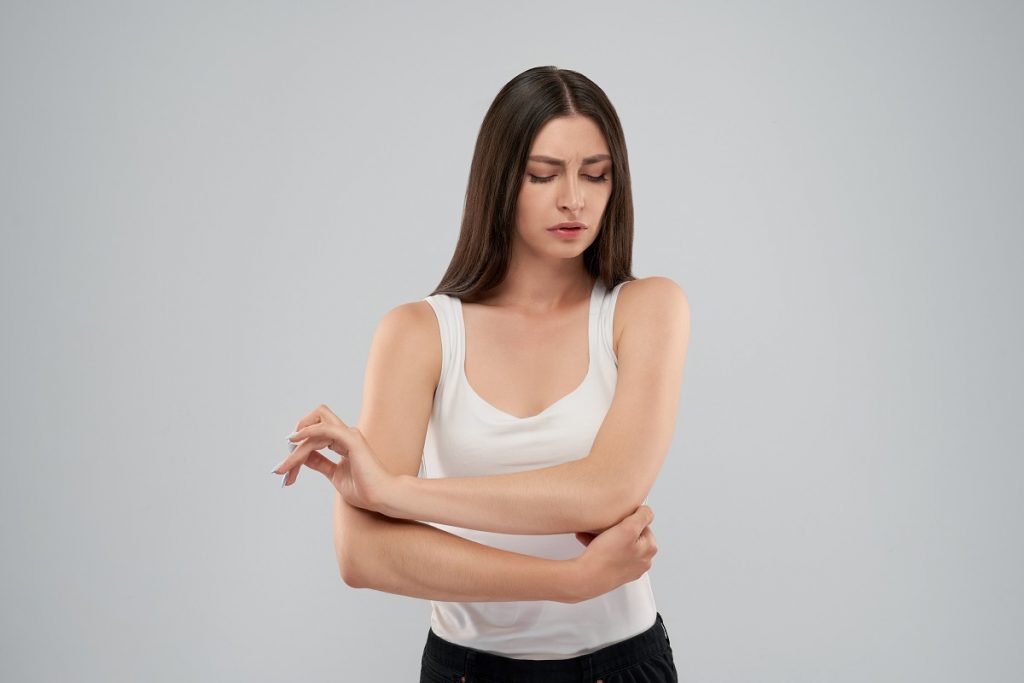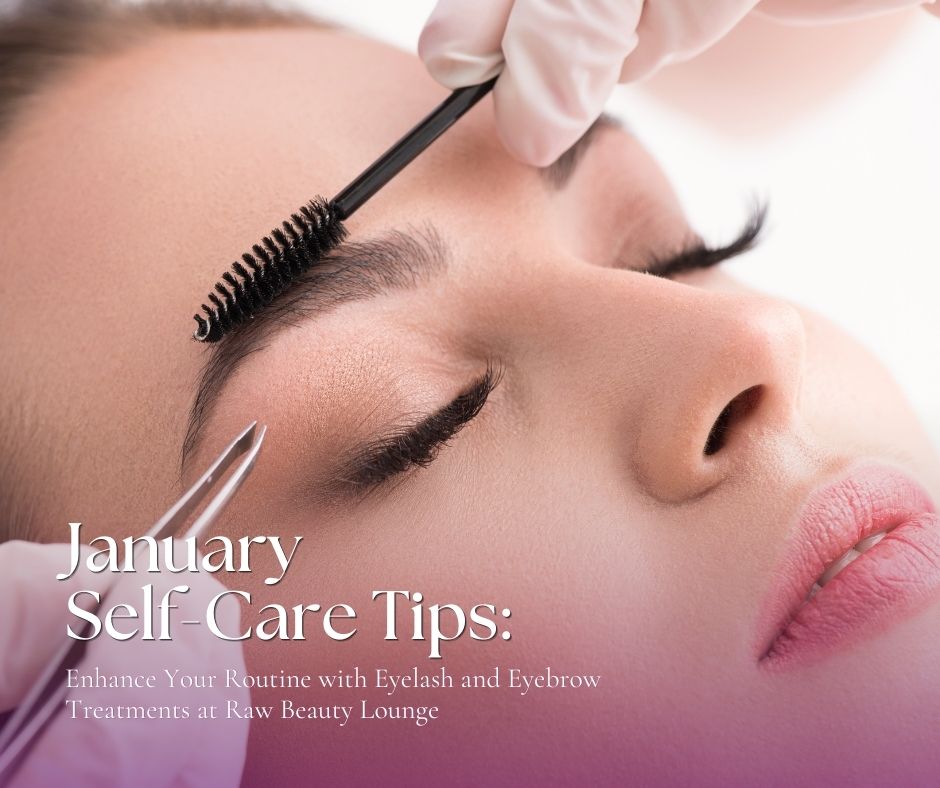When you have bees, there could be a bee sting or two, or even three! The bee and wasp removal experts understand that bee stings are a normal outdoor annoyance. In a good majority of instances, bee stings are just bothersome, and home treatment is all you need to ease the pain and swelling.
However, if you or a person you know is allergic or maybe there is someone that is prone to many bee stings, the bee and wasp exterminators advise the public that you may get a more grievous reaction that could need emergency treatment.

Here are a few ways to avoid bee stings, and the best ways to treat them.
What Are The Symptoms Of A Bee Sting?
Different bee stings on various people can result in diverse reactions. These stings can range from periodic pain and discomfort to an intense allergic reaction. If you have one type of reaction, it does not automatically signify that you will always have the exact same reaction each time you get a bee sting or that the next reaction will be way worst.
What Is A Mild Reaction?
Fortunately, a good number of incidences result in minor bee sting symptoms that include the following:
- Immediate, sharp burning pain where the bee stung you
- A red wound at the sting area
- Some swelling near the sting area
For many people, the swelling and pain disappear in just a few hours.
What Is A Moderate Reaction?
On the other hand, there are a few people who get a more extreme reaction when they get stung by a bee. The signs and symptoms include the following:
- Severe redness
- Swelling in the sting area that slowly gets larger over the next day or two
A person with a moderate sting reaction usually gets over it within five to ten days. If you have a moderate reaction to a bee sting, it doesn’t necessarily mean you will have an extreme reaction the next time a bee stings you. Nevertheless, some people get the same moderate reactions every time they get stung. The bee and wasp removal professionals recommend that you speak to a medical professional about treatment and prevention if this happens to you, particularly if your reaction becomes more serious each time.
What Is A Severe Allergic Reaction?
When a person has a severe allergic reaction to bee stings, it could be fatal and needs emergency treatment. A few people who get stung by a bee can rapidly develop anaphylaxis. Anaphylaxis is a grievous and life-threatening allergic reaction, which include these signs and symptoms:
- Problems breathing
- A weak and fast pulse
- Hives, itching, flushed or pale skin
- Swelling of the throat and tongue
- Dizziness or fainting
- Loss of consciousness
- Nausea, vomiting, or diarrhea
If you are a person who is prone to have a severe allergic reaction to a bee sting, you have a 25% to 65% chance of anaphylaxis the next time you get stung. Make sure to speak to your doctor or an allergy specialist about preventative measures. For instance, immunotherapy (allergy shots) has been proven to help people who have a severe allergic to avoid the same reaction if they get stung again.
What Are Multiple Bee Stings?
Most of the time, bee and wasps are not aggressive and only sting if they feel threatened as a means of self-defense. In some instances, a person will decide to disrupt a hive or swarm of bees, which results in that person receiving multiple stings. There are some bees, for example, the Africanized honeybees, which are more likely to form a swarm and sting in a group.
If you are very unlucky to get stung more than twelve times, the build-up of venom may activate a toxic reaction and make you feel ill. The signs and symptoms are the following:
- Headache
- Convulsions
- Fever
- Nausea, vomiting, or diarrhea
- A feeling of spinning (vertigo)
- Dizziness or fainting
When multiple stings occur in children, older adults, and those with heart or breathing problems, multiple stings can be a medical emergency.
What Are Home Remedies For Bee Stings?
If you don’t have any allergies to bees or you don’t experience a severe allergic reaction, you can treat many bee stings at home.
If a bee stings you, take out the stinger right away with the edge of your fingernail or use the edge of a credit card. This helps to stop the amount of toxins that are being released into your skin.
Clean the area with the sting with soap and water. Ice the sting site is a good way to reduce the venom absorption. Also, it is an effective way to reduce swelling.
Many home remedies for bee sting symptoms are not backed up by the medical community. However, they have been used for years.
Here are a couple of home treatments to relieve bee sting symptoms:
Honey
Believe it or not, honey can help with wound healing, pain, and itching that arises from a bee sting.
To use honey as a bee sting treatment, apply a small amount to the site of the sting. Cover the area with a loose bandage and leave it on for at least an hour.
Baking Soda
Making a paste made out of baking soda and water can help to subdue bee venom to reduce pain, itching, and swelling.
Apply a thick layer of baking paste to the sting area. Then cover the paste with a bandage. Mae sure to leave it on for about 15 minutes and reapply if needed.
Apple Cider Vinegar
Apple cider vinegar is another good way to neutralize bee venom.
Place some apple cider vinegar into water and soak the area with the sting for around 15 minutes. Also, you can soak the bandage or cloth in the vinegar and then apply it to the sting area.
Overall, if you feel that you have a severe bee sting, the bee and wasp removal experts strongly suggest you seek medical attention right away. Also, if you were stung by a bee and were prescribed an emergency epinephrine autoinjector (EpiPen, Auvi-Q, others), use it immediately as instructed by your doctor.



